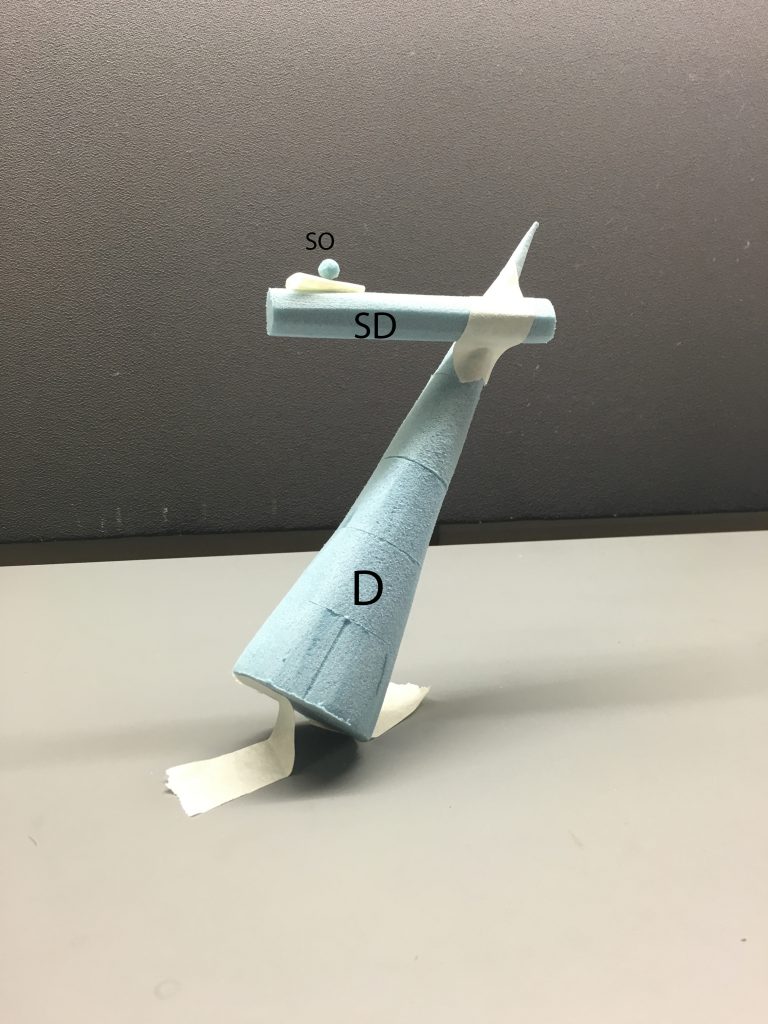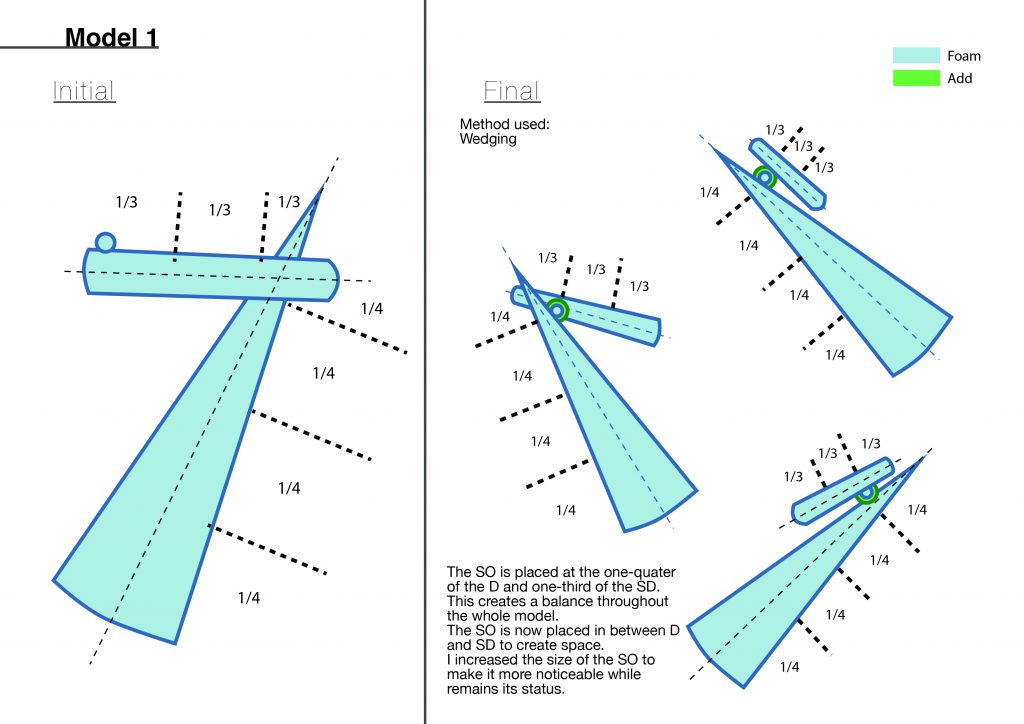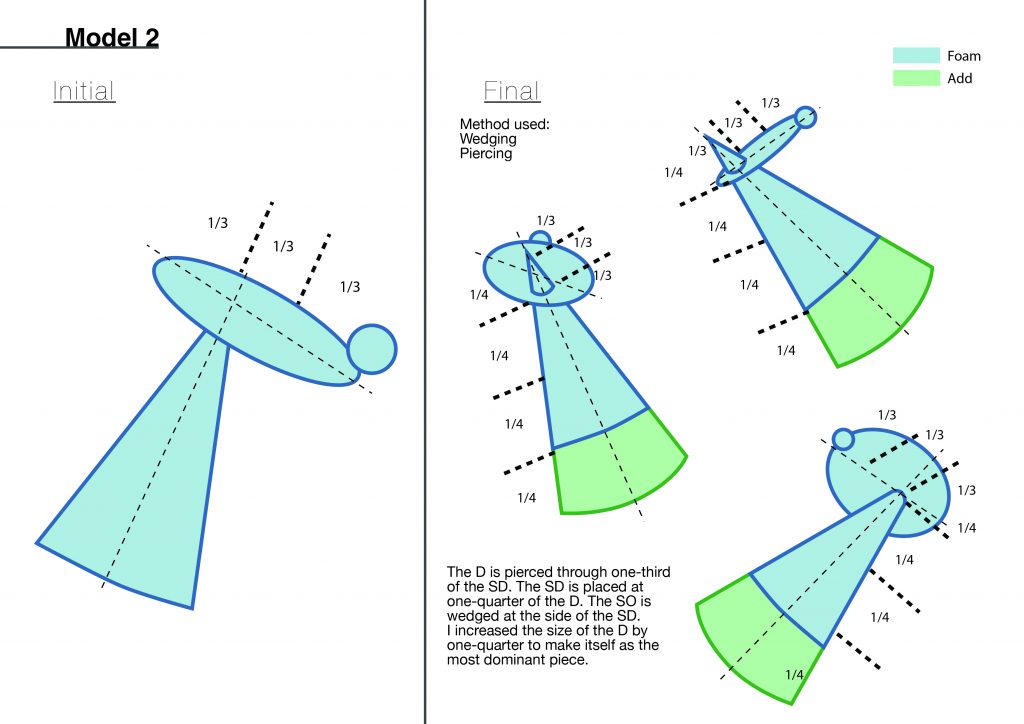Model 1




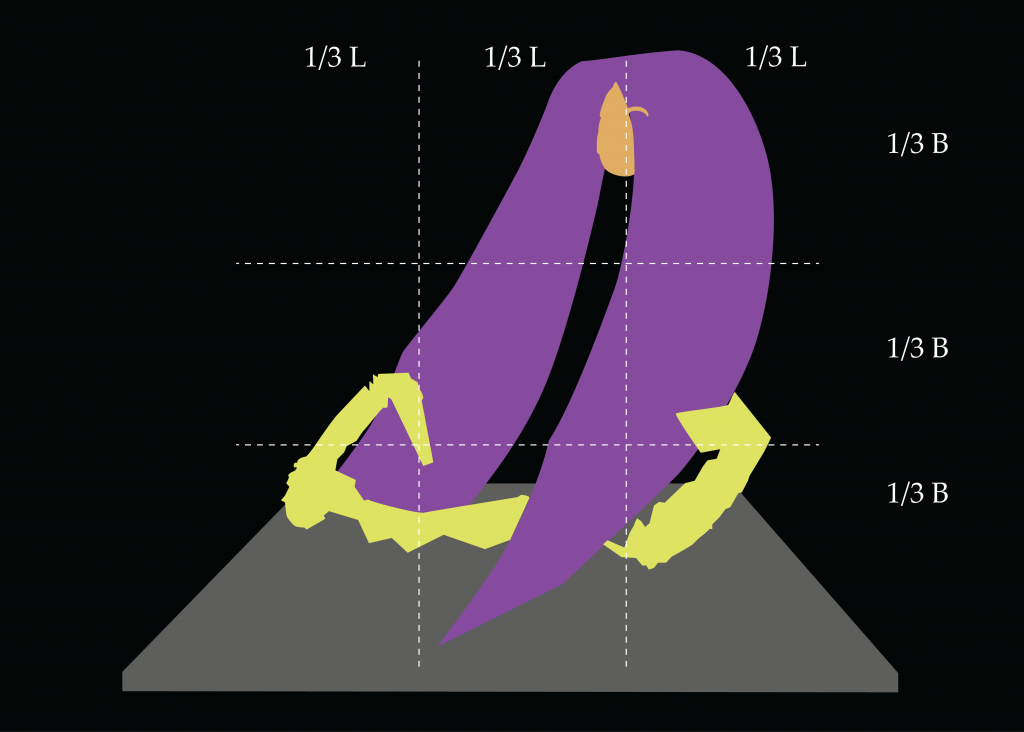

Purple – Dominant (D)
Yellow – Sub-Dominant (D)
Orange – Subordinate (SO)
Each piece is placed at one-third of each other. The length of the SO is one-third of the SD. The SO is hanging on the D like A Bat hanging on A Cave, the SD is laid across the board like A Serpent lying across the floor. The D has its axis vertical, the SD has its axis axis horizontal. The SO hangs itself on the D. The negative space is created at the top left corner of the first 2D sketch analysis.
Alterations made to improve composition:
- Tapered off middle section of D
- Tapered the back end of SD and SO
- Trimmed the length of SO
Methods used:
Wedging, Piercing, Curved plane, Broken plane and Grouped planes
Model 2





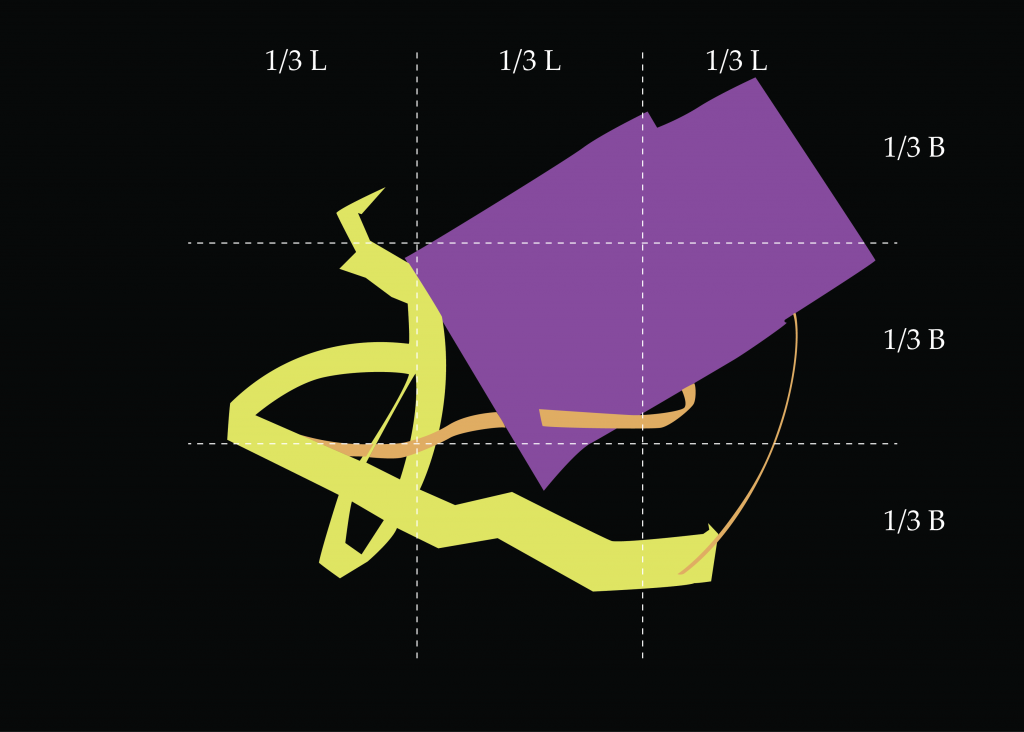
The planes are placed at one-thirds of each other. The D has its axis vertical, the SD has its axis axis horizontal. The SO curves itself around both pieces. The composition brings the viewer’s eyes around the structure. Noticing from the D, bringing to the SD by the SO. The negative space is created at the top left corner of the structure (front view).
Alterations made to improve composition:
- Trimmed the width of SO to make it even thinner
Methods used:
Wedging, Piercing, Bent axis plane, Curved plane, Broken plane and Grouped planes
Model 3






The pieces are placed at one-thirds of each other. While the D has its axis vertical, the SD has its axis axis horizontal. The SO curves itself around both pieces, bringing the viewers’ attention throughout the whole structure. The negative space is created at the top right corner of the structure (front view).
Methods used:
Piercing, Curved plane, Broken plane and Grouped planes


